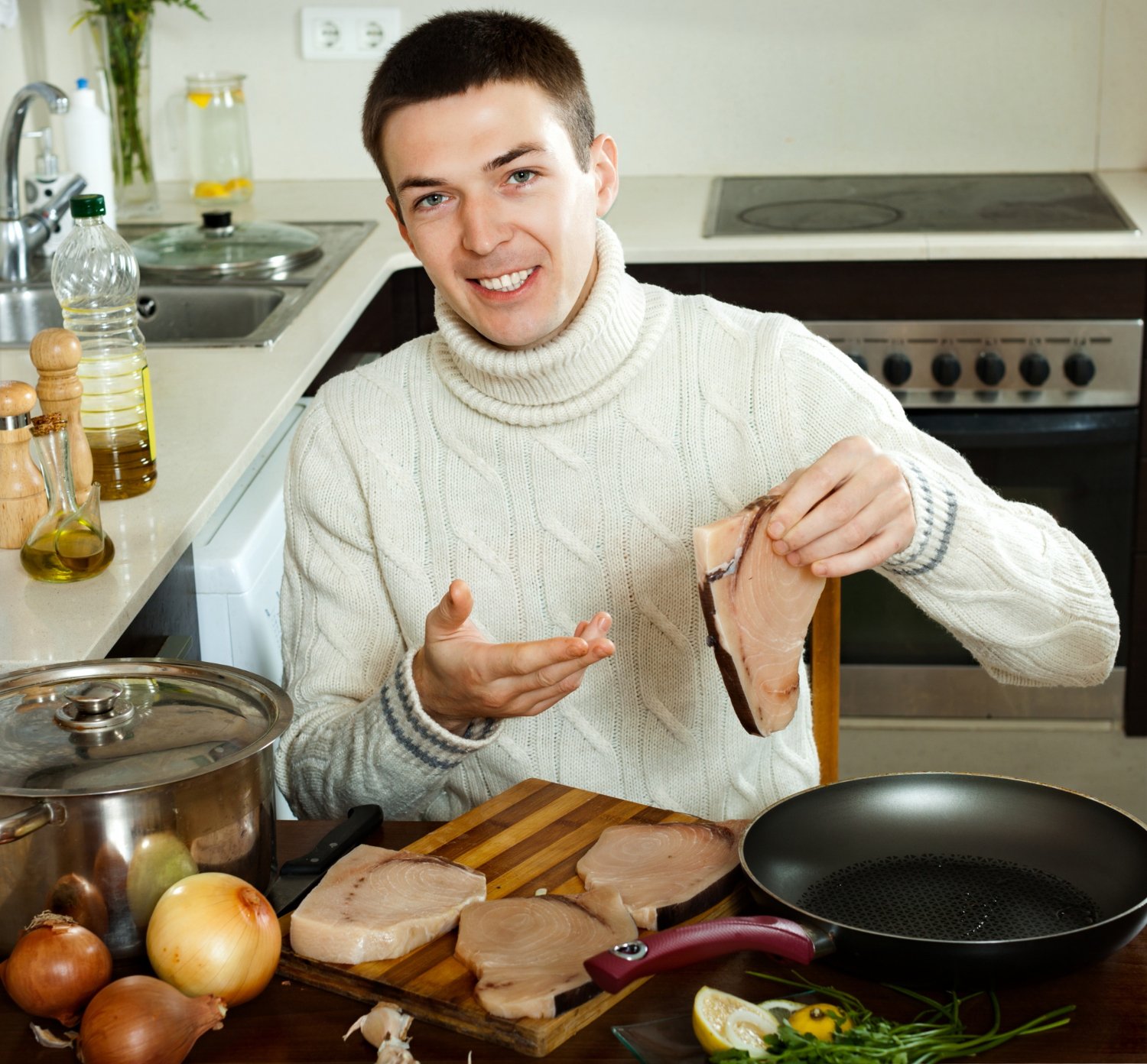Introduction
What was he preparing? “What was he cooking?” is the query. may appear straightforward at first, but it unlocks a world of opportunities, interest, and intrigue. The answer might be anything from a culinary masterpiece to a plot twist, whether it’s a famous chef preparing a meal, a mysterious character in a thriller, or even a character in a sitcom. This article will explore a number of scenarios in order to solve the riddle of what “he” might be preparing. Now put on your apron and let’s begin preparing food!
The Chef’s Special: Gourmet Dishes
Introduction to Gourmet Cooking
Gourmet cooking is an experience that appeals to all senses; it’s not just about the food. It creates dishes that are visually gorgeous and very delicious by combining the best ingredients with cutting-edge techniques. However, what does gourmet cooking actually mean?
Gourmet food frequently calls for uncommon materials, intricate preparation techniques, and presentation that can compete with an artistic creation. It’s a gastronomic journey that challenges conventional cooking methods and turns eating into a memorable event.
Signature Dishes of Famous Chefs
Gordon Ramsay’s Beef Wellington: A classic that combines tender beef fillet, savory mushroom duxelles, and flaky puff pastry. It’s a dish that requires precision and skill, and when done right, it’s a showstopper.
Thomas Keller’s Oysters and Pearls: This dish features tapioca and oyster sabayon topped with caviar, showcasing Keller’s attention to detail and finesse.
Massimo Bottura’s Five Ages of Parmigiano Reggiano: A tribute to Italy’s iconic cheese, this dish presents Parmigiano Reggiano in various textures and temperatures, highlighting Bottura’s creativity.
The Art of Plating and Presentation
What was he cooking: In gourmet cooking, presentation is just as important as taste. The way a dish is plated can enhance the dining experience, making it more enjoyable and memorable. Techniques such as using contrasting colors, textures, and shapes, as well as strategically placing garnishes, can turn a simple dish into a visual masterpiece.
Home Cooking: Comfort Food Classics
The Heart of the Home: Kitchen Stories
More than just food, home cooking is about love, family, and memories. Stories are told and customs are passed down in the kitchen, which is frequently the center of the house. Comfort food holds a special place in our hearts, whether it’s a recipe passed down from a grandmother or a dish that makes us want home.
Comfort Food Recipes from Around the World
American Macaroni and Cheese: Creamy, cheesy, and oh-so-comforting, this dish is a staple in many households.
Japanese Ramen: A bowl of hot, flavorful broth with noodles, meat, and vegetables, perfect for a cold day.
Italian Lasagna: Layers of pasta, rich meat sauce, and creamy béchamel, baked to perfection.
The Emotional Connection to Home-Cooked Meals
What was he cooking: Comfort food is often tied to emotions and memories. A bite of a familiar dish can transport you back to your childhood or a special moment in your life. It’s not just about the taste but the feelings and nostalgia it brings.
Culinary Experiments: Breaking the Mold
The Science of Molecular Gastronomy
Molecular gastronomy combines food science with culinary arts to create dishes that surprise and delight. By using techniques such as spherification, emulsification, and sous-vide, chefs can transform ingredients into new and unexpected forms.
Experimental Dishes and Unusual Ingredients
Liquid Nitrogen Ice Cream: Creamy ice cream made instantly using liquid nitrogen, resulting in an ultra-smooth texture.
Edible Foams: Flavored foams that add a light, airy texture to dishes, enhancing both flavor and presentation.
Insects as Protein: Incorporating insects into dishes for a sustainable and nutritious alternative to traditional proteins.
Stories of Culinary Innovation and Creativity
The limits of what can be accomplished in the kitchen are continuously being pushed by chefs worldwide. The field of culinary innovation is broad and fascinating, ranging from developing foods that alter their flavor as you eat them to producing elaborate food sculptures utilizing 3D printing technology.
Cooking in Pop Culture: From Screen to Plate
Iconic Dishes from Movies and TV Shows
Ratatouille from “Ratatouille”: This beautifully arranged vegetable dish became a star in its own right, inspiring home cooks everywhere.
Butterbeer from “Harry Potter”: A sweet, frothy drink that fans of the series can now enjoy at home or in themed parks.
Lobster Thermidor from “Friends”: Made famous by the character Monica Geller, this dish is a luxurious treat.
Fictional Chefs and Their Culinary Secrets
What was he cooking: From the meticulous and passionate Remy in “Ratatouille” to the charming and adventurous Sookie St. James in “Gilmore Girls,” fictional chefs have captured our imaginations and inspired us to get creative in the kitchen.
Recreating Famous On-Screen Meals
The challenge of making their favorite on-screen foods at home appeals to many fans. Whether it’s the elaborate sweets from “Great British Bake Off” or the comfort cuisine from “The Simpsons,” making these dishes come to life can be enjoyable and fulfilling.
Historical Feasts: Cooking Through the Ages
Ancient Recipes and Their Modern Counterparts
What was he cooking? Examining old recipes allows us to see how our predecessors lived and what they ate. We may now savor flavors that have endured over time thanks to the adaptation of many of these recipes for contemporary kitchens.
The Evolution of Cooking Techniques
Over the years, cooking methods have changed dramatically, from open-fire cooking to the development of the stove and microwave. Every development has expanded the culinary industry’s potential and efficiency.
Famous Historical Banquets and Feasts
Banquets in the past were frequently lavish events that demonstrated the riches and influence of their hosts. From the extravagant banquets of the Renaissance to the sumptuous feasts of the Roman Empire, these occasions were as much about social standing as they were about cuisine.
Global Cuisine: A World of Flavors
Exploring Different Culinary Traditions
We can discover many cultures and flavors by exploring the world through food. Every nation has distinct culinary customs that are influenced by history, location, and the products that are readily available.
Signature Dishes from Various Cultures
Mexican Tacos: Versatile and flavorful, tacos can be filled with a variety of meats, vegetables, and toppings.
Indian Biryani: A fragrant and flavorful rice dish with layers of spices, meat, and vegetables.
French Croissants: Buttery, flaky pastries that are a staple of French cuisine.
The Influence of Global Cuisine on Modern Cooking
What was he cooking: Global cuisine has had a significant impact on modern cooking, introducing new ingredients, techniques, and flavor profiles. Fusion cuisine, which combines elements from different culinary traditions, has become increasingly popular, creating exciting and innovative dishes.
The Mystique of Secret Recipes
The Allure of Family Recipes and Hidden Ingredients
Family recipes are often closely guarded secrets, passed down through generations. These recipes carry a sense of tradition and nostalgia, connecting us to our heritage and loved ones.
Famous Secret Recipes and Their Origins
Coca-Cola: The recipe for this iconic soft drink is one of the most closely guarded secrets in the world.
KFC’s Original Recipe Chicken: The blend of 11 herbs and spices is a well-kept secret that gives KFC its distinctive flavor.
Bush’s Baked Beans: The secret family recipe is known only to a select few, adding to the brand’s mystique.
How to Create Your Own Signature Dish
Developing your own distinctive meal requires experimenting with presentation, flavors, and methods. Whether it’s a specific spice blend, a novel cooking technique, or an unexpected item, start with a basic recipe and add your own twist.
Conclusion: What was he cooking?
What was he cooking? The question “What was he cooking?” in the realm of food offers a wealth of options, with each meal eliciting distinct feelings and presenting a tale of its own. Every meal has a story to tell, from the loving comfort foods of home kitchens to the painstakingly prepared gourmet delicacies of famous chefs. Pop culture’s impact makes famous on-screen dishes come to life, while the daring world of culinary experimentation pushes the limits of conventional cuisine.
Global cuisines offer a diverse range of flavors and customs, while historical feasts serve as a reminder of our gastronomic past.
Cooking is a timeless art form, whether it’s the charm of a family recipe or the thrill of making your own speciality dish.
Frequently Asked Questions
Q:1 What defines gourmet cooking?
A:1 Gourmet cooking involves high-quality ingredients, complex preparation methods, and artistic presentation, creating an elevated dining experience.
Q:2 Why is home cooking important?
A:2 Home cooking brings people together, creating memories and traditions. It also allows for healthier, personalized meals.
Q:3 What is molecular gastronomy?
A:3 Molecular gastronomy combines food science and culinary arts to create innovative dishes using techniques like spherification and emulsification.
Q:4 What are some famous on-screen meals?
A:4 Iconic on-screen meals include Ratatouille from “Ratatouille,” Butterbeer from “Harry Potter,” and Lobster Thermidor from “Friends.”
Q:5 How have cooking techniques evolved over time?
A:5 Cooking techniques have evolved from open-fire cooking to modern appliances like stoves and microwaves, improving efficiency and possibilities in the kitchen.
Q:6 What is fusion cuisine?
A:6 Fusion cuisine combines elements from different culinary traditions to create new and innovative dishes.
Q:7 Why are secret recipes so intriguing?
A:7 Secret recipes carry a sense of mystery and tradition, often connecting us to a brand’s or family’s heritage.
Q:8 How can I create my own signature dish?
A:8 Experiment with flavors, techniques, and presentation to add your unique twist to a base recipe, making it your own.
See More



